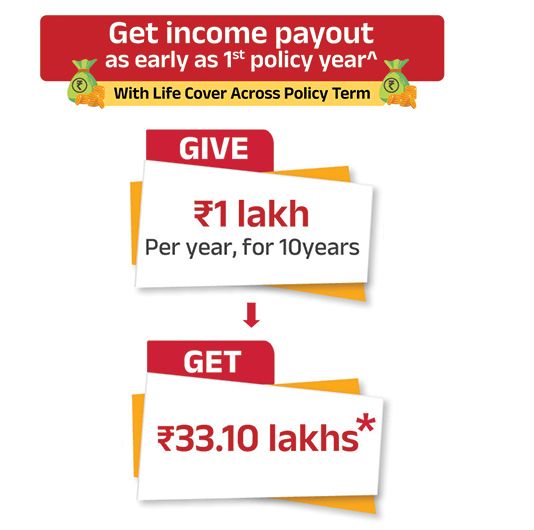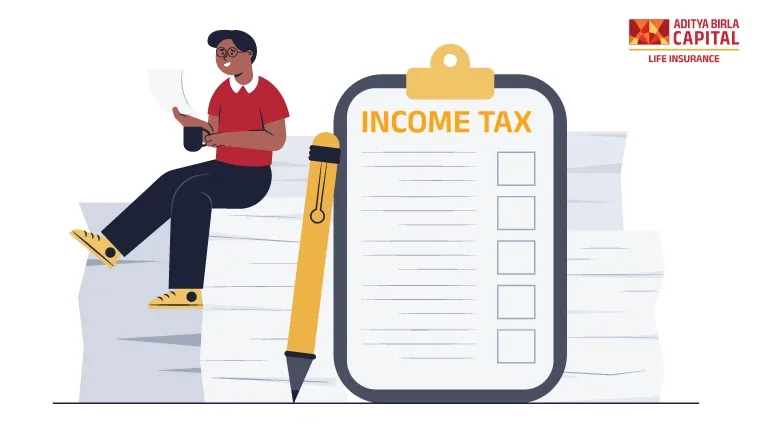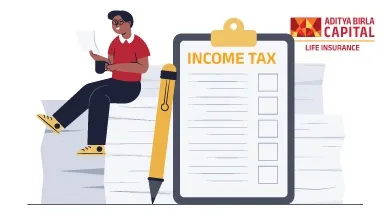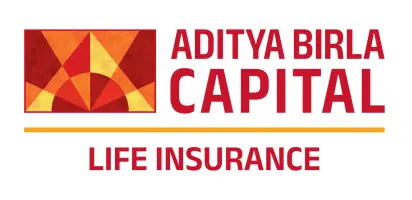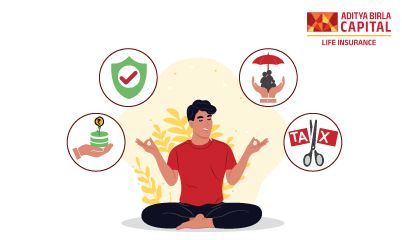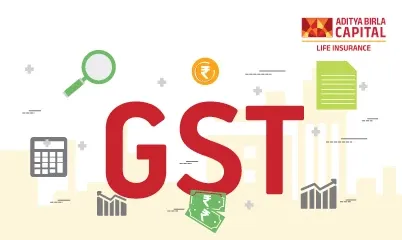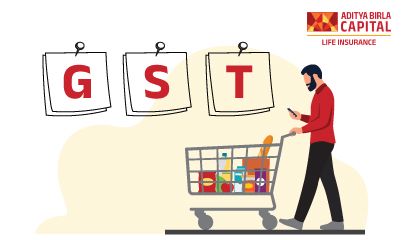Tax season can feel a bit overwhelming, right? Especially when you’re trying to choose between two systems – the old regime and the new one. But don’t worry, we’ve broken things down for you in the simplest way possible.
Let’s explore what’s changed in the income tax slab rates for the Financial Year 2025–26 and how you can decide which tax regime suits you better.
What’s New in FY 2025–26?
The government introduced an updated new tax regime under Section 115BAC, which is part of the Income Tax Bill 2025. This bill, once passed, will replace the old Act starting 1st April 2026.
One of the biggest updates? If your income is up to ₹12 lakh, your tax liability is zero under the new regime! Plus, there’s a ₹75,000 standard deduction for salaried people, pushing that zero-tax threshold to ₹12.75 lakh. Not bad, right?
New Tax Regime Slabs (FY 2025–26)
|
Income Range
|
Tax Rate
|
| Up to ₹4 lakh | Nil |
| ₹4 lakh – ₹8 lakh | 5% |
| ₹8 lakh – ₹12 lakh | 10% |
| ₹12 lakh – ₹16 lakh | 15% |
| ₹16 lakh – ₹20 lakh | 20% |
| ₹20 lakh – ₹24 lakh | 25% |
| Above ₹24 lakh | 30% |
Note: Rebate up to ₹60,000 under Section 87A ensures no tax up to ₹12 lakh. Standard deduction of ₹75,000 helps salaried folks stretch it to ₹12.75 lakh.
Real Tax Savings Under the New Regime
Here’s a quick look at how much you could be saving compared to the older tax rates:
|
Taxable Salary Income
|
Tax (Pre-Budget 2025)
|
Tax (Post-Budget 2025)
|
Savings
|
| ₹10,00,000 | ₹44,200 | ₹0 | ₹44,200 |
| ₹12,00,000 | ₹71,500 | ₹0 | ₹71,500 |
| ₹15,00,000 | ₹1,30,000 | ₹97,500 | ₹32,500 |
| ₹18,00,000 | ₹2,15,800 | ₹1,50,800 | ₹65,000 |
| ₹25,00,000 | ₹4,34,200 | ₹3,19,800 | ₹1,14,400 |
Scenarios That Make It Easy to Understand
-
Scenario 1: Income = ₹11.9 lakh
You pay zero tax due to the rebate.
-
Scenario 2: Income = ₹12.75 lakh (salaried)
After standard deduction, your taxable income becomes ₹12 lakh. Again, no tax!
-
Scenario 3: Income = ₹14 lakh (salaried)
Taxable Income: ₹14L - ₹75k = ₹13.25L
Tax:
○ ₹4L–₹8L @ 5% = ₹20,000
○ ₹8L–₹12L @ 10% = ₹40,000
○ ₹12L–₹13.25L @ 15% = ₹18,750
Total Tax = ₹78,750
Old Tax Regime Slabs (FY 2025–26)
|
Age Group
|
Up to ₹2.5L
|
₹2.5L–₹5L
|
₹5L–₹10L
|
₹10L+
|
| Below 60 & NRIs | Nil | 5% | 20% | 30% |
| Age 60–80 | Nil (up to ₹3L) | 5% | 20% | 30% |
| 80+ (Super Senior) | Nil (up to ₹5L) | Nil | 20% | 30% |
Tip: You can still claim deductions under sections like 80C, 80D, HRA, etc. here.
Old vs New Tax Regime – At a Glance
|
Income
|
Old Regime
|
New Regime
|
| Up to ₹5L | Nil (with rebate) | Nil |
| ₹7L | Taxable | Nil (with rebate) |
| ₹10L | 20–30% | 5–10% |
| ₹15L | 30% | 15–20% |
If you invest in tax-saving instruments (like ELSS, PPF, LIC), old might work for you. If you want hassle-free, no-deductions filing – new regime is simpler.
Key Points about the New Tax Regime
- Same slabs for everyone (no separate slabs for senior citizens)
- Rebate up to ₹7L (FY 2024–25) and ₹12L (FY 2025–26)
- Standard deduction of ₹75,000 for salaried employees
- Fewer exemptions and deductions compared to the old regime
What Is Marginal Relief?
Imagine your income just crosses ₹12L and suddenly you’re taxed ₹67,500. That’s where marginal relief kicks in—it ensures your extra tax doesn’t exceed the amount by which your income exceeds ₹12L.
For example:
- Income = ₹12.5L
- Tax = ₹67,500
- Extra income = ₹50,000
- Relief = ₹17,500
- Final tax = ₹50,000
Tax Rates for Companies and LLPs
|
Entity Type
|
Turnover < ₹400 Cr
|
Tax Rate
|
| Domestic Companies | Yes | 25% |
| LLPs/Firms | NA | 30% |
| Startups under Sec 115BAB | NA | 15% (Conditions apply) |
- 4% Health & Education cess applies to all cases.
- Surcharge ranges from 7% to 12% depending on income level.
Choosing Between Old vs New Regime - What Should You Do?
New regime is great if you:
- Don’t have many deductions or investments
- Want a simple filing process
- Have income up to ₹15L
Old regime is better if you:
- Claim 80C, 80D, HRA, home loan interest
- Are a super senior citizen
- Have a well-structured financial plan with tax-saving tools
Final Tip: Compare both regimes before filing your ITR. You can even switch every year (unless you have business income).
